The study of anatomy, the backbone of medical education and understanding, has a storied history that navigates through centuries of curiosity, taboo, and innovation. From its early inception in Ancient civilizations to the Victorian era’s peculiar blend of science and macabre, the journey of anatomical science is as fascinating as it is ghastly.
The Ancient Beginnings
The quest to understand the human body’s inner workings can be traced back to 300 BCE in Alexandria, where physicians dissected corpses to unravel the mysteries of disease. This pursuit of knowledge continued through Ancient Greece and Rome, laying the foundational stones of anatomy. However, with the fall of the Roman Empire and the rise of the Christian Church, human dissection faced staunch opposition, stymieing progress for centuries.
Renaissance: A Rekindling of Curiosity
The Renaissance period witnessed a resurgence in the interest towards human anatomy. Scholars, driven by a desire to rediscover and surpass ancient knowledge, began to challenge the church’s constraints, albeit cautiously. Figures like Leonardo da Vinci and Andreas Vesalius made significant contributions during this time, elevating the understanding of human anatomy through detailed drawings and dissections, although their work remained largely within academic circles due to the prevailing taboos against human dissection.
The Victorian Era: A Golden Age of Anatomy
The late 18th and 19th centuries heralded a true golden age for anatomy, particularly in England. The emergence of the medical profession as a respected trade, combined with a growing recognition of dissection’s value in advancing medical knowledge, led to a grudging acceptance of human dissection. This period saw a dramatic increase in medical students eager to learn about the human body’s anatomy and structure, attending newly founded medical schools that promised such knowledge.
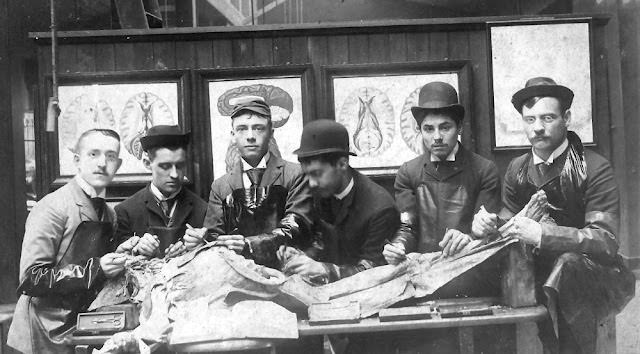
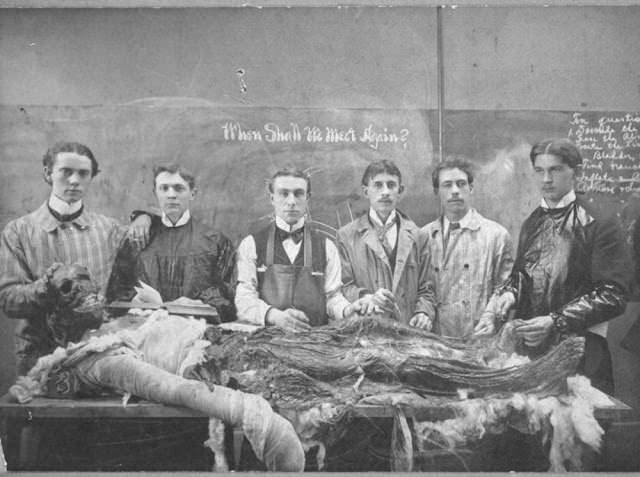
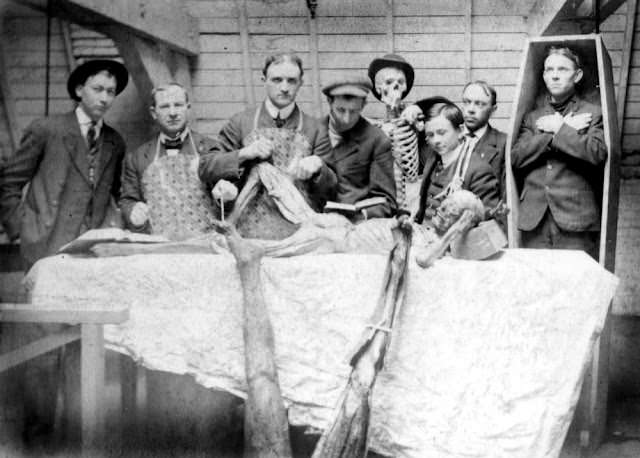
However, the burgeoning interest in medical education soon faced a grim reality: a severe shortage of legally obtained cadavers for dissection. Medical schools were permitted to use the bodies of executed felons, a practice enshrined in the “Murder Act” of 1752. Yet, even this morbid source could not keep up with demand, leading to the dark practice of body snatching.
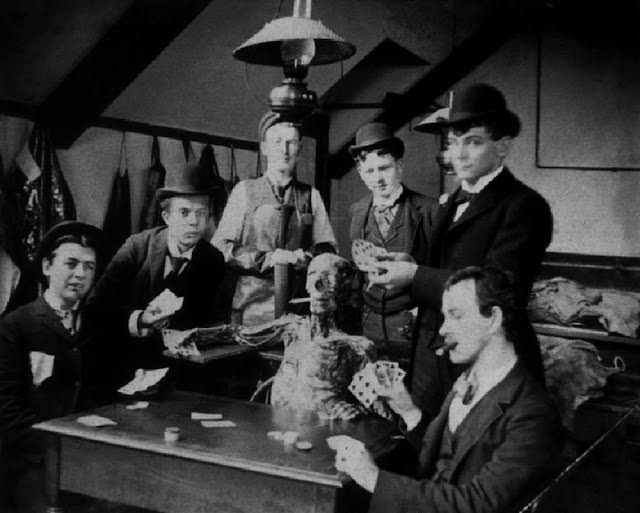
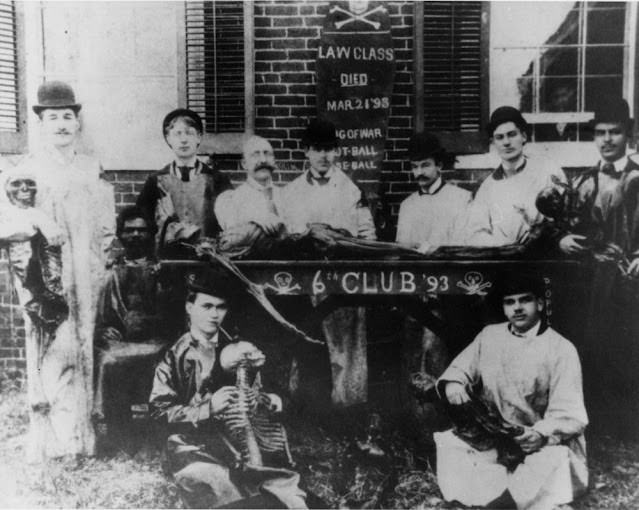
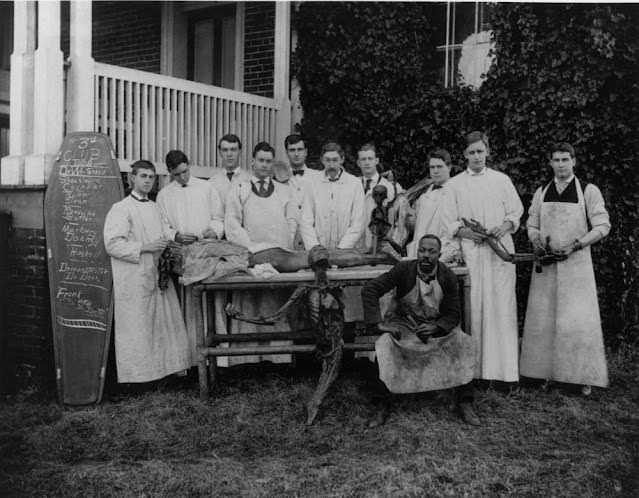
The scarcity of cadavers gave rise to a macabre trend among medical students and opportunistic grave robbers known as “Resurrectionists.” These individuals would stealthily exhume freshly buried bodies to supply medical schools. The public outrage at these thefts led to various preventive measures, from metal coffins to graveyards guarded with gunpowder. Yet, the demand persisted, making body snatching a lucrative, albeit illegal, trade.
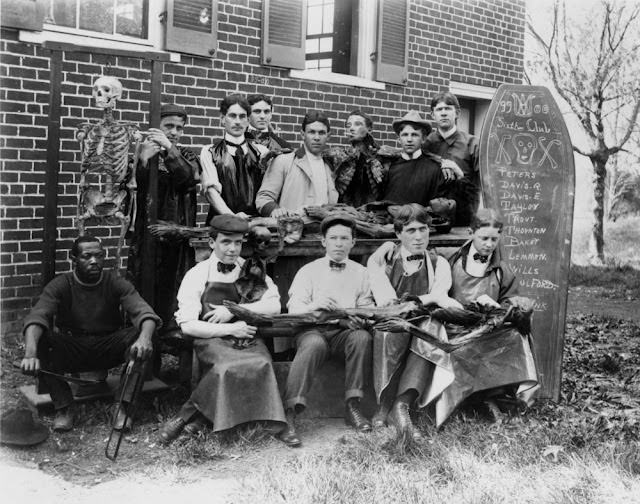
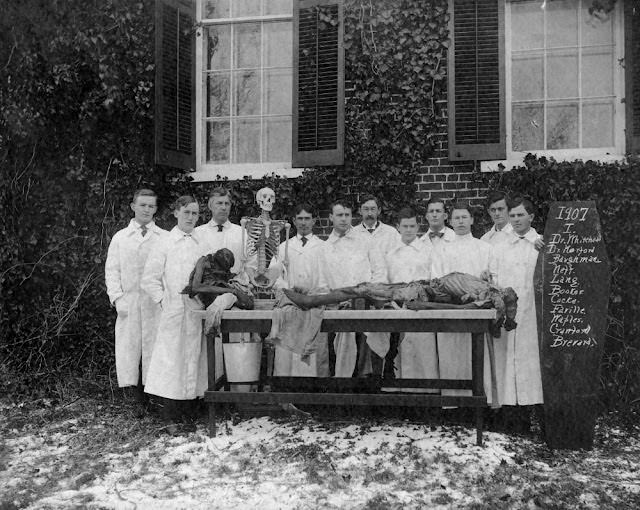
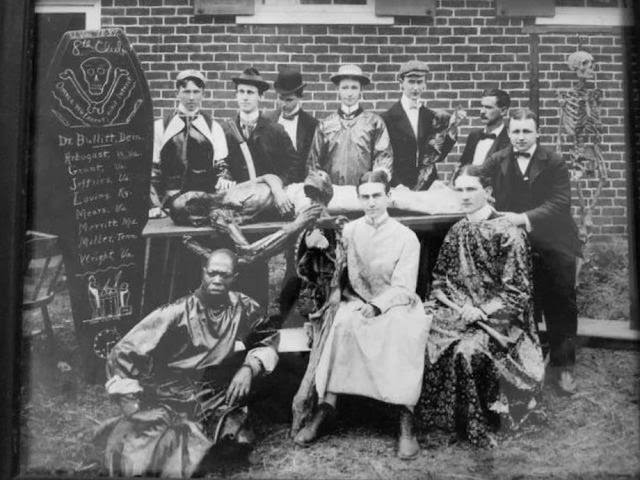
Victorian medical students found themselves caught between a moral and scientific dilemma. On one hand, the study of anatomy through direct dissection was indispensable for their education and the advancement of medicine. On the other hand, the means of obtaining bodies for study were fraught with ethical concerns and legal implications.
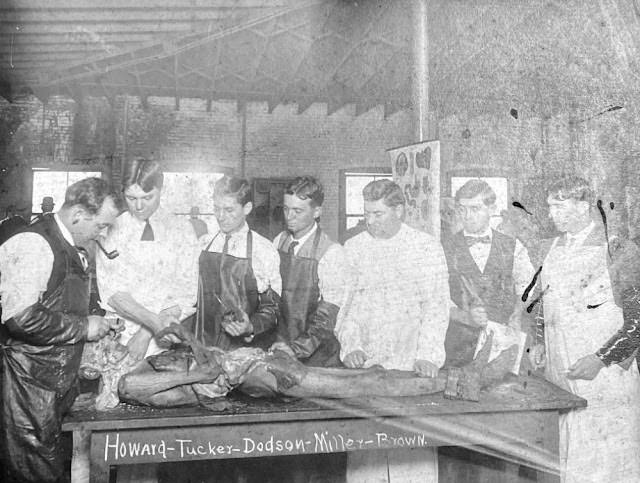
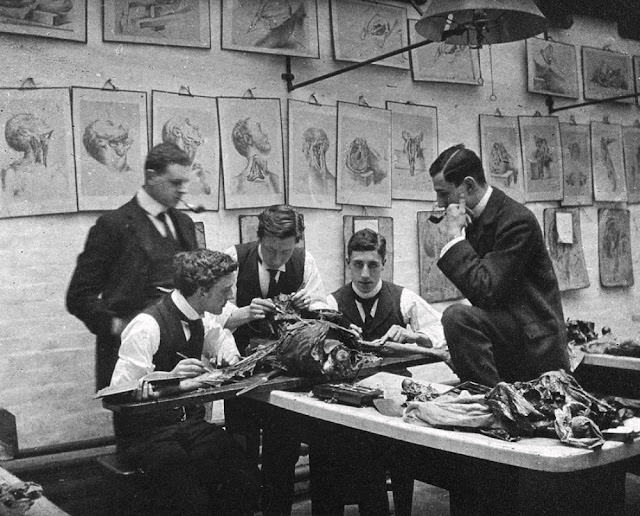
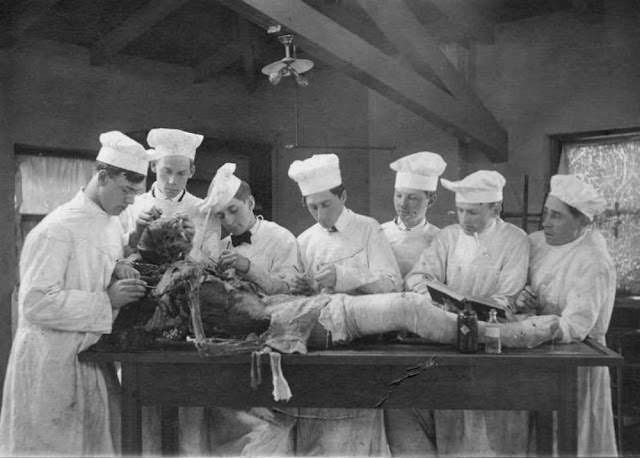
The Victorian public’s growing unease and horror at the widespread grave-robbing practices prompted significant societal and legislative changes. The public’s outcry was not only directed at the desecration of graves but also at the medical community’s seemingly insatiable demand for bodies, which many saw as a violation of moral and ethical boundaries. This public pressure led to the enactment of the Anatomy Act of 1832 in England, a pivotal piece of legislation that sought to address the shortage of cadavers for medical research and education in a legal and ethical manner. By allowing unclaimed bodies and those donated by the deceased or their families to be used for medical research, the act aimed to eliminate the need for body snatching, marking a significant shift in how society procured and utilized cadavers for scientific purposes.
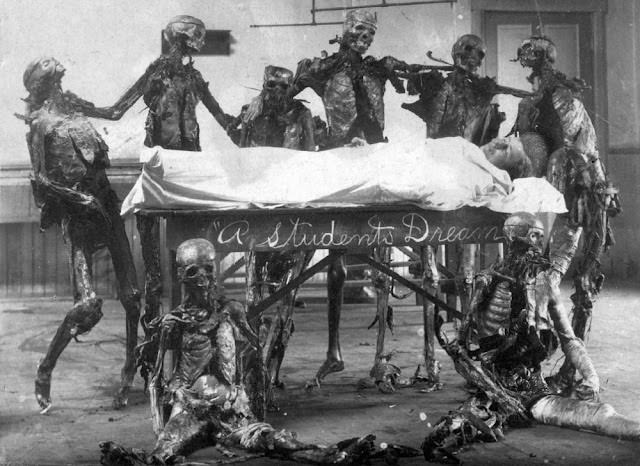
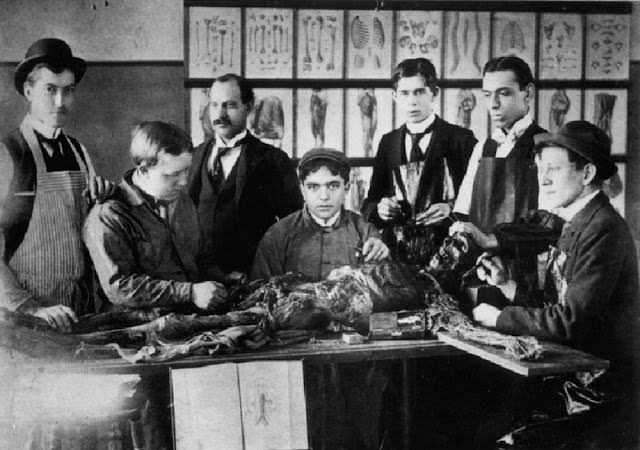
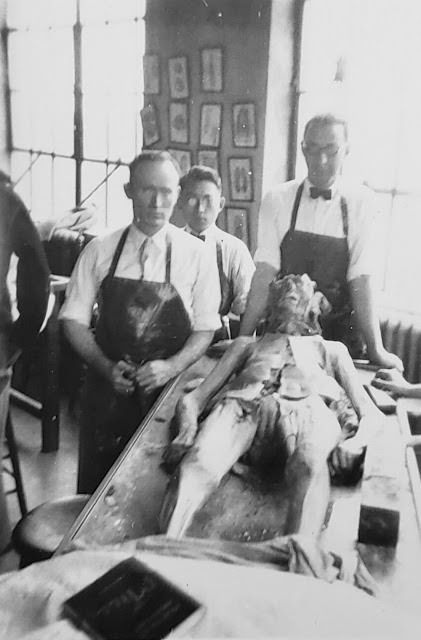
Medical schools began to formalize their curriculum, incorporating anatomy as a fundamental component of medical education, but now under more regulated and ethical conditions. This period also saw the rise of pathology as a distinct scientific discipline, further emphasizing the importance of anatomical knowledge in understanding disease and informing medical practices.
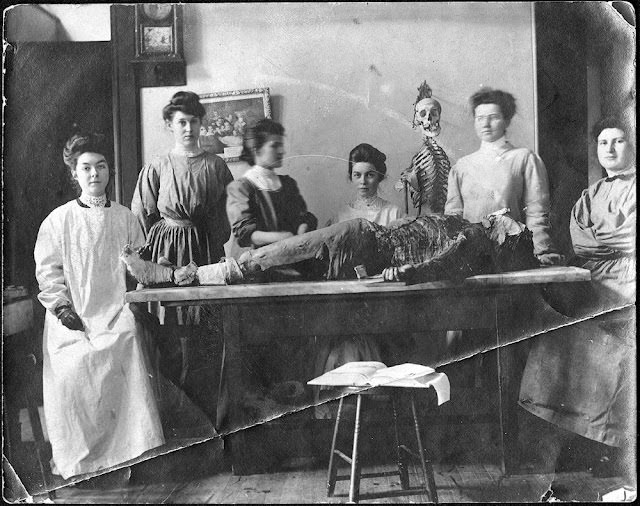
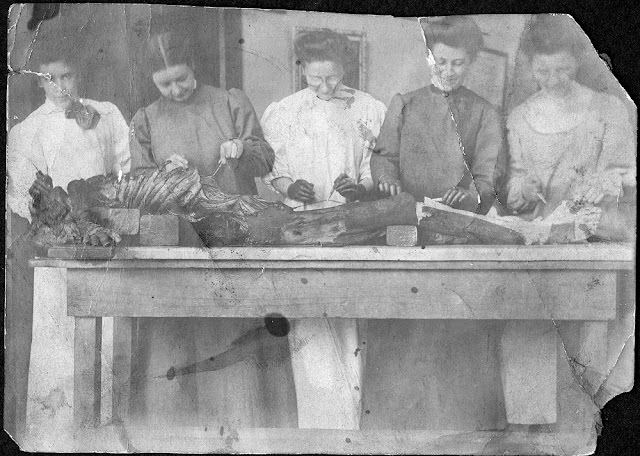
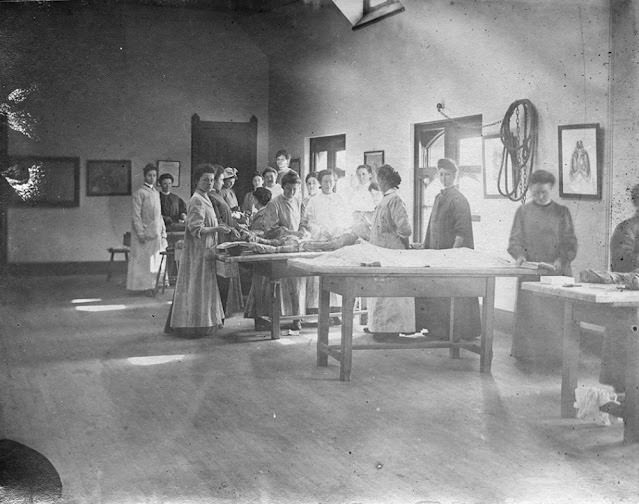
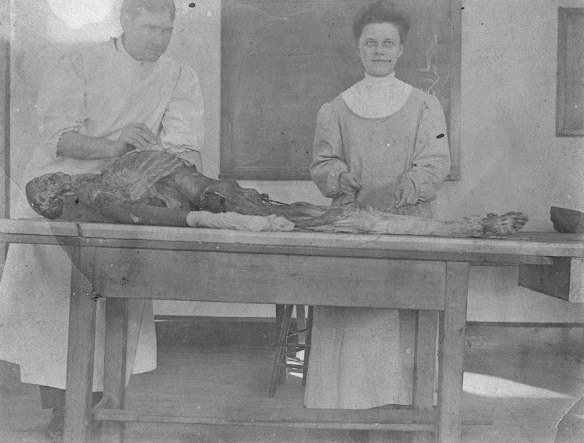
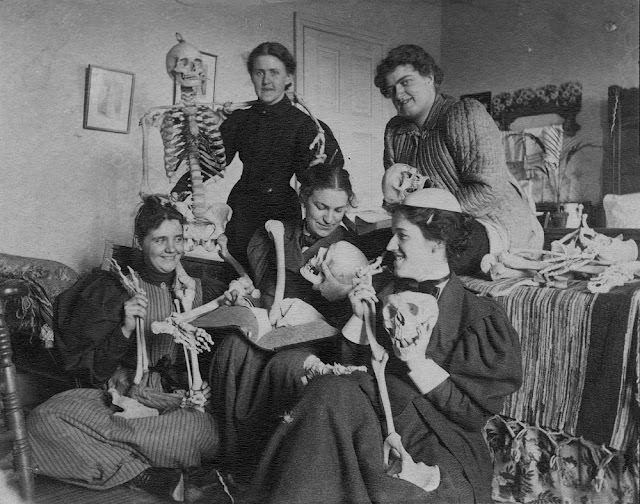
Over the years, the study of anatomy has evolved from a clandestine practice shrouded in mystery and taboo to a respected scientific discipline. The Victorian era’s contributions to this field, despite the ethical and legal challenges, paved the way for significant advancements in medical knowledge and techniques. Public perception has also shifted, with a greater understanding and acceptance of the importance of anatomical study in saving lives and improving healthcare outcomes. Today, body donation programs, which rely on informed consent, embody the ethical principles that emerged from the controversies of the past, ensuring that individuals who donate their bodies to science are honored and respected.



As if that isn’t bad enough… them posing the corpses to take photos with is just really macabre.